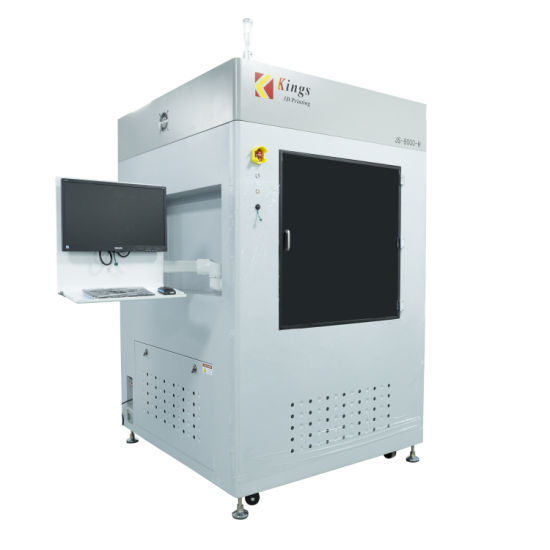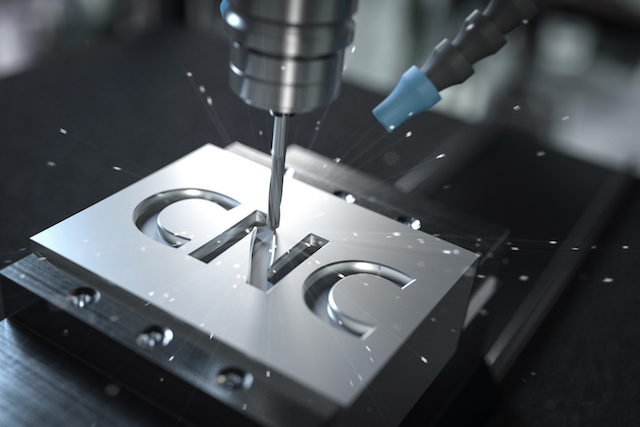Rapid CNC Machining: All You Need to Know
The CNC production world has been revolutionized through the emergence of rapid CNC Machining. Rapid CNC Machining is an umbrella term for a wide range of manufacturing methods that can fabricate parts and CNC Machining in a fast and cost-effective manner.
What is Rapid CNC Machining
Rapid CNC Machining comprises an array of manufacturing techniques used to make a 3D model and rapidly fabricate a scale model of a physical assembly or part.
The most renowned form of rapid CNC Machining is known as additive manufacturing (or 3D printing). There are different 3D printing technologies, and every one is compatible with various materials and provides distinct benefits. Other technologies capable of rapid CNC Machining includes injection molding, CNC machining, and vacuum casting.
1. Bringing Concepts to Life
First, one of the biggest benefits of rapid CNC Machining is it allows you to get design concepts in the physical world. Rapid CNC Machining offers a quick and affordable way to iterate your design and to make sure the dimensions satisfy the designer’s intentions.
2. Reducing Production Time and Costs
Rapid CNC Machining also reduces overall production costs. For instance, additive manufacturing technology eradicates the requirement for patterns, molds, and special tools, which are quite costly. Also, using rapid CNC Machining methods allows you to repair and optimize any potential flaws in the design before mass production.
3. Make Changes Quickly
Rapid CNC Machining helps bring your concepts to life and it also enables engineers to make fast changes to their part on a whim. For example, you are creating a CNC Machining of a part. Once your hands get onto it, you realize there is something you can optimize or repair to reduce costs of mass production or enhance the user’s experience.
Instead of doing mistakes during the mass production process, which can setback production costs and time, rapid CNC Machining makes it simple to make changes to your design without needing to invest too much time or money.

Types of CNC Machining
There are various terms used to characterize multiple types of CNC Machining. With rapid CNC Machining, you will find numerous styles of CNC Machining to choose from, each customized to meet various production demands.
Following is an overview of the terms, which encompass the rapid CNC Machining world.
Looks-like CNC Machining
It is an aesthetic part. This type of CNC Machining focus on replicating the usability and outer look of the product, valuing the physical aspect over the functional. A looks-like CNC Machining is used to make perception or give the first impression of your product to customers, influencing the buying decision
Works-like CNC Machining
This CNC Machining is better known as a functional CNC Machining and is meant to showcase the mechanical abilities of your product. Apart from the physical object, it’s common to use development boards and other electronic components to display how the CNC Machining will work when in final form.
Hybrid CNC Machining
A hybrid CNC Machining combines the mechanical aspects and visual aspects into one product. This CNC Machining is useful when redefining the aesthetics and form of your product, while also testing the placement and functionality of electronics. Using rapid CNC Machining such as 3D printing or CNC machining, you can make a hybrid CNC Machining, which replicates both the mechanical and aesthetic value of your product.
CNC Machining
Computer numeric control (CNC) machining is a method for automated manufacturing that utilizes cutting tools to remove material selectively from a stock piece until the required shape is achieved.
Diverse Processes
There are different types of CNC machines, each produces its unique benefits and capabilities. You can different machining possibilities depending on the number of axes, specific machine's capabilities, and the cutting tools’ orientation. Some common CNC machining processes include:
CNC Milling
CNC Milling is a process based on a rotating multipoint cutter to erase excess material from a workpiece. The rotating cutter moves along various axes with high-precision to make parts with complex geometries. Final parts or CNC Machining can be made quickly with high accuracy and repeatability
Vertical CNC Machining
Vertical CNC machining is a milling process wherein the spindle axis with associated cutting tools is oriented vertically concerning the machine’s bed. The cutting tools point downward and are usually used to cut across the top of the workpiece's surface.
Horizontal CNC Machining
Even CNC machining, additionally a type of processing, utilizes cutters that are mounted on an even axle. The cutters come out from the side of the device holder and cut across the side of the workpiece's surface, permitting chips of material to fall away from the table.
CNC TurningCNC turning utilizes a single-point cutter for material removal from a spinning workpiece held in a chuck. A CNC turning or lathe machine feeds the cutter in a linear motion alongside the rotating workpiece. Like milling, CNC turning can create rapidly both final parts and CNC Machining.
Metal Machining
Metal CNC machining utilizes computer-functioned cutting tools to selectively erase material away from metal workpieces, shaping it into the required configuration. A wide array of common metals are compatible with CNC machining processes, like copper, aluminum, and steel.
Plastic Machining
CNC machining creates custom-designed products and components from several types of plastic, including polycarbonate, polypropylene, acrylics, and many others. Plastic machining might involve the above processes that create design shapes by cutting away materials from a plastic workpiece.

Guide to Injection Molding
Plastic parts are everywhere, while injection molding is a widely used production process for making them. So what is injection molding and how does it work? Also, why is it so popular?
Overview of Injection Molding at Superapid
It is the easiest way to grasp the process and has two constituent terms: molding and injection.
At its core, an injection molding process involves two or more pieces of metal tooling and together function as a mold. The mold is not an end-user component, but a part of the manufacturing equipment. It contains a shaped cavity, which gets filled with molten plastic.
So, that is where the injection part jumps in. Once we create a mold, an injection molding device 'injects' or squeezes molten plastic into it, where the plastic solidifies and cools. When the plastic gets solidified, the mold opens up and the now-solid plastic piece can be popped out. This piece of plastic is a finished molded part.
Since the molten plastic is forced into the mold at pressure, the injection molding process is fast. Once a part is completed, another dollop of molten plastic is injected into the mold straight away.
The process repeats over and over until the required quantity of parts has been made.